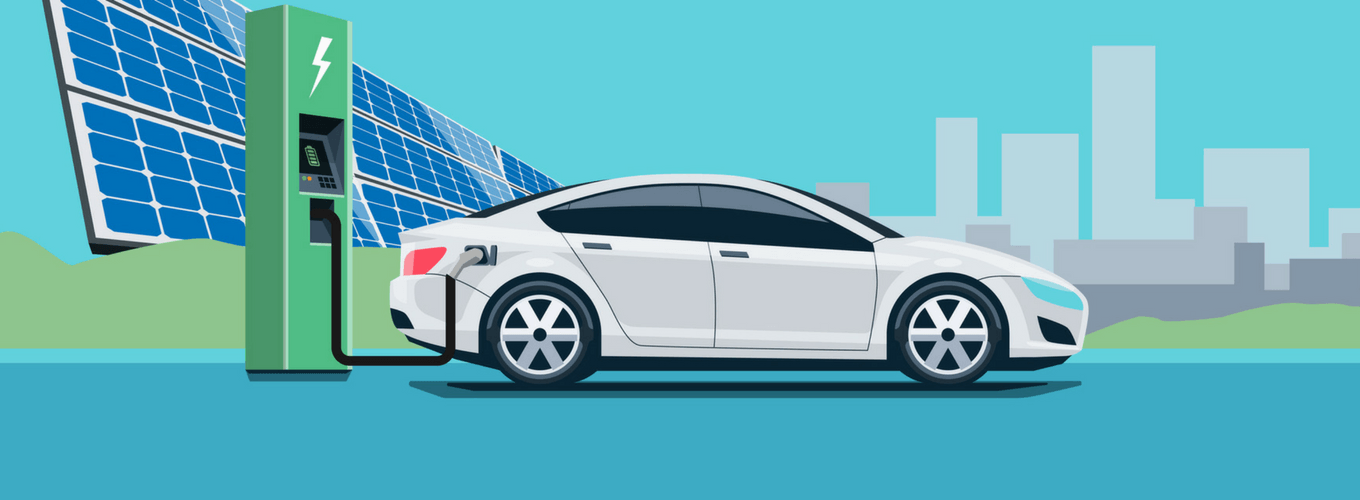For those who have electric vehicles, power converters are essential for turning the AC voltage of a wall outlet into the DC voltage needed for their car to recharge its battery. Without these converters, electric cars cannot be used to their full potential and therefore reduce the amount of pollution from transportation. This comprehensive guide will provide an overview of power converters, explain their functioning, provide tips for selecting the optimal one, cover the installation needs and furnish safety advice to ensure you acquire the most beneficial power converter available.
The Role of Power Converters in Electric Vehicles
Power converters perform a crucial function in electric vehicles by controlling the energy flow from the batteries to the motor, ultimately enhancing the car’s efficiency and performance. They also control the amount of electricity going through different systems and components, ensuring they function correctly. These devices are accountable for transforming the direct current obtained from the battery into alternating current that powers the motor. Additionally, they maintain voltage and current levels to safeguard the vehicle components from harm. Modern power converters for electric cars are designed to be energy-efficient and cost-effective, with safety as a top priority to withstand harsh conditions without failing.
Types of Power Converters in Electric Vehicles
Electric vehicles depend on power converters to adjust the amount of electricity supplied to the components in the vehicle. Two varieties of power converters are usually used in electric vehicles: DC-DC and AC-DC.
- DC-DC Converter: This specific power converter transforms direct current (DC) from a battery into a higher or lower DC voltage to support various vehicle parts. Compared to other converters, it provides reliable power despite the battery voltage and type.
- AC-DC Converter: This type of power converter takes in an alternating current (AC) from your home’s electricity or an external charging station to convert it into a direct current for powering your vehicle’s onboard electronics. It serves as a bridge between the grid and your car.
The main benefit of using these two converters is their efficiency, allowing electric vehicle owners to use energy fully while maintaining performance and reliability. As technology advances, so do advances in power converters, unlocking new possibilities for electric vehicles and their benefits to society.
Choosing the Right DC to DC Power Converter
If you are seeking a power converter in electric vehicle, several critical elements should be evaluated before purchasing.
● Input and Output Voltage
● Current Capacity
● Efficiency
Key Factors to Consider When Selecting a Power Converter
When selecting a power converter in electric vehicle, numerous significant factors exist. These factors include efficiency, range, voltage, and temperature rating.
● Efficiency
● Range
● Voltage & Temperature Ratings
Testing and Maintaining Power Converters for Optimal Performance
Here are some standard tests and maintenance procedures for power converters:
● Overload Tests
● DC Voltage Monitoring
● Cleaning & Inspection
Conclusion
In summary, the popularity of electric automobiles is on the rise. However, it is imperative to acknowledge the significance of the power converter while selecting a suitable conversion system. Familiarising yourself with the distinctions among different power converters, their uses, and the essential components required can aid in making an informed choice. Moreover, knowing the types of inputs and outputs necessary to energise a vehicle can steer the selection process in the right direction. Choosing an appropriate power converter for your electric vehicle is critical to guarantee a secure and dependable driving encounter.



